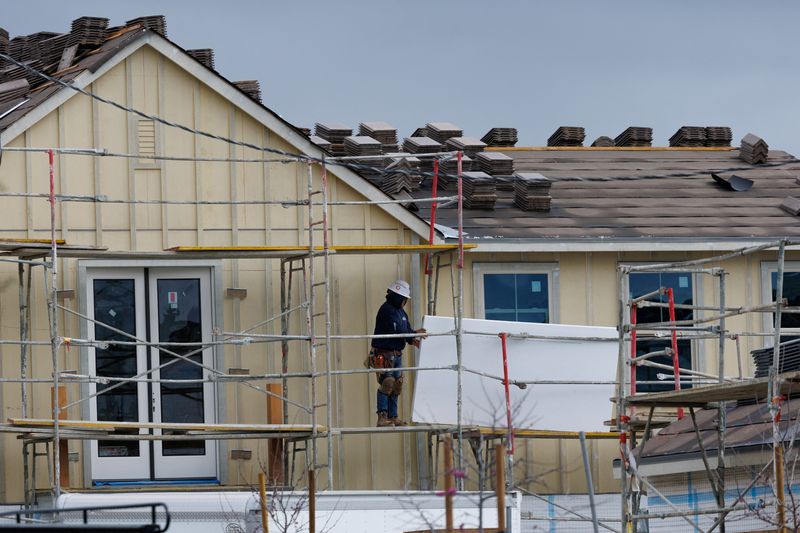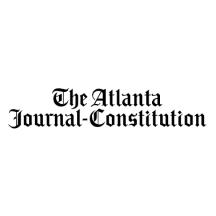
By Dan Burns
(Reuters) -Groundbreaking for new U.S. single-family homes and permits for future construction ticked higher in July even as high mortgage rates and economic uncertainty continued to hamper home purchases, while overall residential construction was buoyed by a surge in new apartment projects.
Single-family housing starts, which account for the bulk of homebuilding, increased 2.8% to a seasonally adjusted annual rate of 939,000 units last month, the Commerce Department's Census Bureau said on Tuesday. Permits for future single-family homebuilding edged up 0.5% to a rate of 870,000 units, snapping a four-month skid.
Overall residential construction starts jumped 5.2% to a rate of 1.428 million units on the back of a second month of double-digit increases in apartment projects. Groundbreaking for multi-family projects of five or more units rose 11.6% to an annual rate of 470,000 units, the highest level since May 2023. New apartment construction, which had been in a protracted downtrend after peaking in 2022, has jumped more than 50% in the last two months.
How long that resurgence continues remains in question, though, as total permit issuance - a guide for future activity - fell 2.8% to a five-year low of 1.354 million units, led by a nearly 10% drop in multi-family project permits. Economists polled by Reuters had estimated housing starts would fall to an annual rate of 1.290 million and permits would dip to an annual rate of 1.386 million units.
HIGH MORTGAGE RATES
President Donald Trump's sweeping import tariffs have kept the Federal Reserve from lowering interest rates this year, with most central bank policymakers wary of easing borrowing costs until they have more confidence the levies will not rekindle inflation, which has yet to return to the Fed's 2% target.
Recent indications of softening in the job market, however, have largely convinced investors that the Fed will cut rates by a quarter of a percentage point when it meets in mid-September, and that expectation has helped bring down mortgage rates in recent weeks.
The average rate on the popular 30-year fixed-rate mortgage, the most common U.S. home loan, fell to 6.58% last week, the lowest level since October, data from mortgage finance agency Freddie Mac showed. That rate is down by nearly half a percentage point since January.
Still, mortgage rates are well above the levels that prevailed in the years just before and through the COVID-19 pandemic, and that change along with high home prices has kept a lid on demand. The slump in demand has increased the supply of homes on the market, discouraging builders from breaking ground on new housing projects. New housing inventory is near levels last seen in late 2007. A National Association of Home Builders survey on Monday showed more than a third of builders are cutting prices to attract buyers.
Residential investment, which includes homebuilding, contracted in both the first and second quarters and was a drag on overall U.S. economic output. Economists see that weakness extending into the current third quarter.
"For Q3, we expect residential investment will drag on GDP growth, but that should reverse in Q1 2026," Jeffrey Roach, chief economist at LPL Financial, wrote in a note.
(Reporting by Dan Burns; Editing by Chizu Nomiyama and Paul Simao)

 Reuters US Business
Reuters US Business
 The Denver Post
The Denver Post Jacksonville Daily Record
Jacksonville Daily Record Newsday
Newsday The Atlanta Journal-Constitution Sports
The Atlanta Journal-Constitution Sports CBS Mornings
CBS Mornings Vox
Vox FOX News
FOX News The Daily Bonnet
The Daily Bonnet Raw Story
Raw Story HowStuffWorks Animals
HowStuffWorks Animals